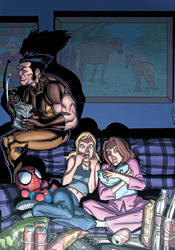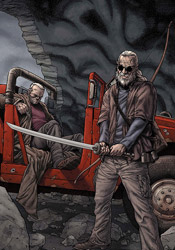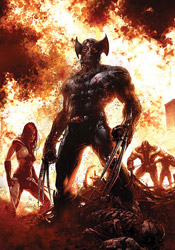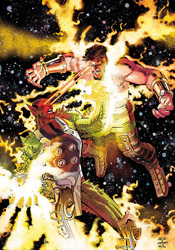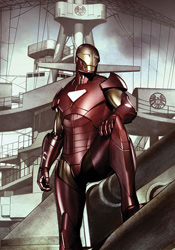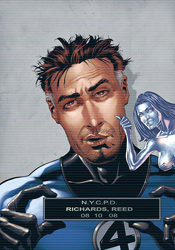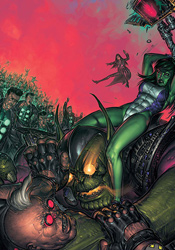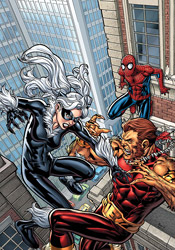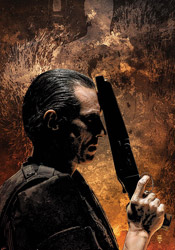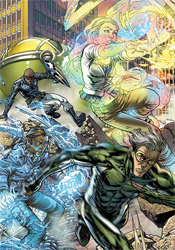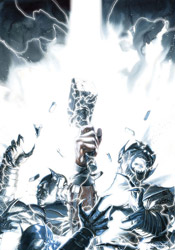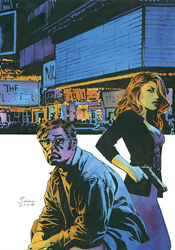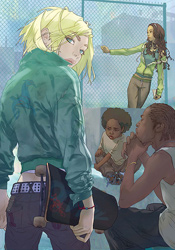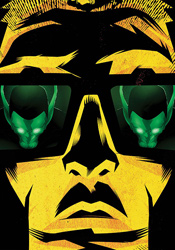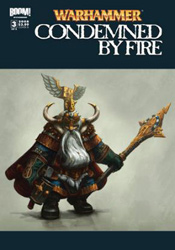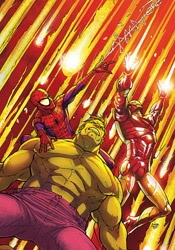
That should pretty much tell you all you need to know. Where many of the other Marvel Adventures titles I've read recently have been carefully scripted to appeal to both kids and adults alike, this month's Marvel Adventures Super Heroes provides something on par with a mediocre Saturday morning cartoon. It's thin storytelling, full of zany personalities, outlandish situations and wacky adventures that probably sounded way better in concept than they do in execution. I'm not sure if Paul Tobin has a lot of experience with these characters, but his renditions of the three identifiable heroes are so out of touch with who they are, I'd highly doubt it. The Hulk is senseless and always smiling, Iron Man doesn't seem to have much in the way of powers outside of flight, and Spider-Man's puns are laughable in all the wrong ways. This really is the kind of story I'd flip on at 8AM and zone out to over my bowl of Fruity Pebbles. It's excruciating.
Tobin doesn't bother with explanations or even the promise of a legible storyline. Why did Spider-Man and the Hulk need to come along on Tony Stark's mission to shoot down rogue meteors? Why did they immediately agree to head out on tour with a group of obnoxious alien rocks? Don't they have other, more pressing responsibilities? When Tobin steps on the gas on the issue's third page, he doesn't let up until he slams the conclusion home, literally, at the last minute. The story's ending is such a ridiculous afterthought that it unintentionally provides the only real laugh of the entire issue.
Alvin Lee's artwork is something of a bright spot, making the most of the dozens of cheesy, over-the-top ideas he's asked to put into play. Lee gets the chance to flex a lot of his underused creative muscles this month, illustrating such scenes as a Kree Gong Show and "Black Hole Bungee Jumping." Auspiciously, his work shines nonetheless, as he's obviously having a lot of fun with the crazy, offbeat mood of the storyline.
If you're looking for anything more than a creator's sandbox, there's absolutely nothing of merit here. Tobin and Lee were given a little more than twenty pages to pretty much do whatever the hell they wanted, and that's precisely what they did… dragging their readers along, kicking and screaming all the way. If you're the kind of reader who can go back and watch an old episode of Denver, the Last Dinosaur without scratching your head and wondering how in God's name you ever watched this crap, well, you might find something you can identify with here. Otherwise, run away screaming. Despite a workman-like effort from Alvin Lee, you really need to just skip it.
Overall Score: 2
